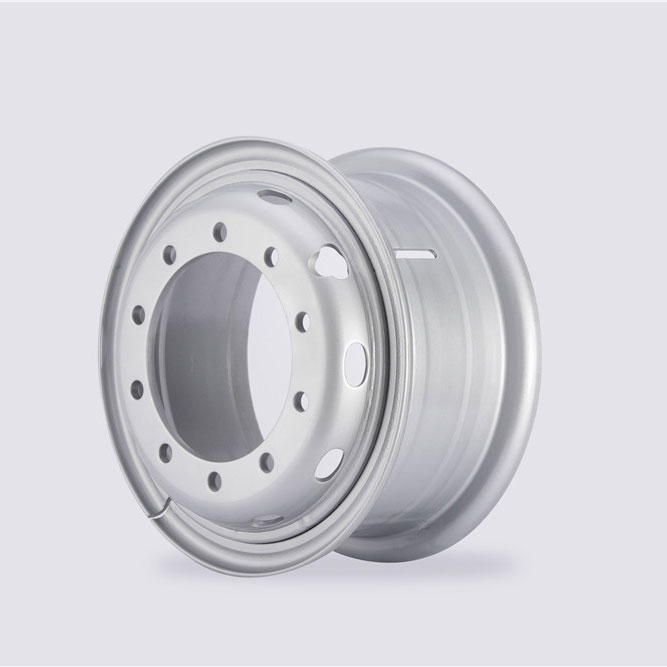The structural design of a wheel hub involves its shape, hole position, strength distribution, and other aspects. Common design factors include:
Spoke design: The spokes (or spokes) on the wheel hub are an important part that connects the center and the rim. The number, shape, angle, and distribution of spokes have a significant impact on the overall strength, weight, and aesthetics of the wheel hub. A smaller number of spokes can reduce weight, while a multi spoke design can enhance the strength and stability of the wheel hub.
Hole position and size: The center hole, bolt hole, and bolt arrangement of the wheel hub must match the axle and brake system of the vehicle. Different car models have different specifications and design requirements, so the hole position and size of the wheel hub need to be designed according to the needs of the vehicle.
Center hole design: The center hole of most vehicles’ wheels is used for docking with the axle and must be precisely designed to ensure safety and stability.
Wheel hub width and offset: The width of the wheel hub directly affects the installation of tires and the handling performance of the vehicle. Offset distance (ET) refers to the distance from the hub mounting surface to the centerline of the hub, which affects the alignment of the wheels and the suspension system of the vehicle. The correct offset can optimize handling and appearance.




